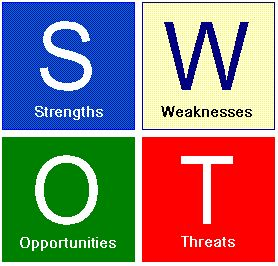Steve Jobs And The Power Focus!
I am writing this week’s blog on Friday, October 5, which has great significance for me. My partner of 20 years back in my investment days was born on this day, along with my lifelong best friend Ronald Poles. It is also one year from the day that Steve Jobs passed away. Verne Harnish reminded me of this in his blog, and he shared this video put out by Apple. It is a nice tribute and a great reminder of what he and Apple have done for our everyday lives.
Steve Jobs is an icon of our time. In this country, we all love the story of the underdog or a great comeback story! That is the story of Steve Jobs. The board of the company that he started himself removed him, but then they asked him to return when things went bad, and he turned Apple into the most valuable company on the planet.
I also find it interesting that a man who demanded so much from his people and was considered so difficult to work with managed to accomplish so much. Walter Isaacson discusses the details in his book about Steve Jobs. Jobs pushed his people further than they thought they could go. I remember this saying I came across many years ago: When you look back over your life, the people that you will remember the most outside of your immediate loved ones are the ones that got the most out of you.
If I think back, that is true for me. The teachers and the coaches that pushed me to do more than I thought I could do are the ones that stand out in my mind. Jobs was that type of person. Even though I am sure many people got frustrated with him, those same people remember going to the next level because they were around someone that pushed to get the most out of them.
Steve Jobs also focused on one key priority and spent three hours a day on that issue. He considered this to be vital to moving forward and creating successful products. He also had lunch most days with Jonathan Ive, his chief designer. During this time, they discussed the areas Steve thought mattered most and decided how to move forward with those ideas to create the great experiences we have today with Apple products. Adam Lashinsky outlined this in his book “Inside Apple.”
That type of time takes a lot of energy to get the “Flywheel” spinning, as discussed by Jim Collins. And what a Flywheel and legacy Steve has created! It still pushes out “gee-whiz” products that will have people standing in line for hours just so they can be one of the first to buy them.
I know I could definitely be more focused in my efforts. How much focus and effort are you putting on the most important areas of your company and your life?


 to search and came upon a really good book called “
to search and came upon a really good book called “



